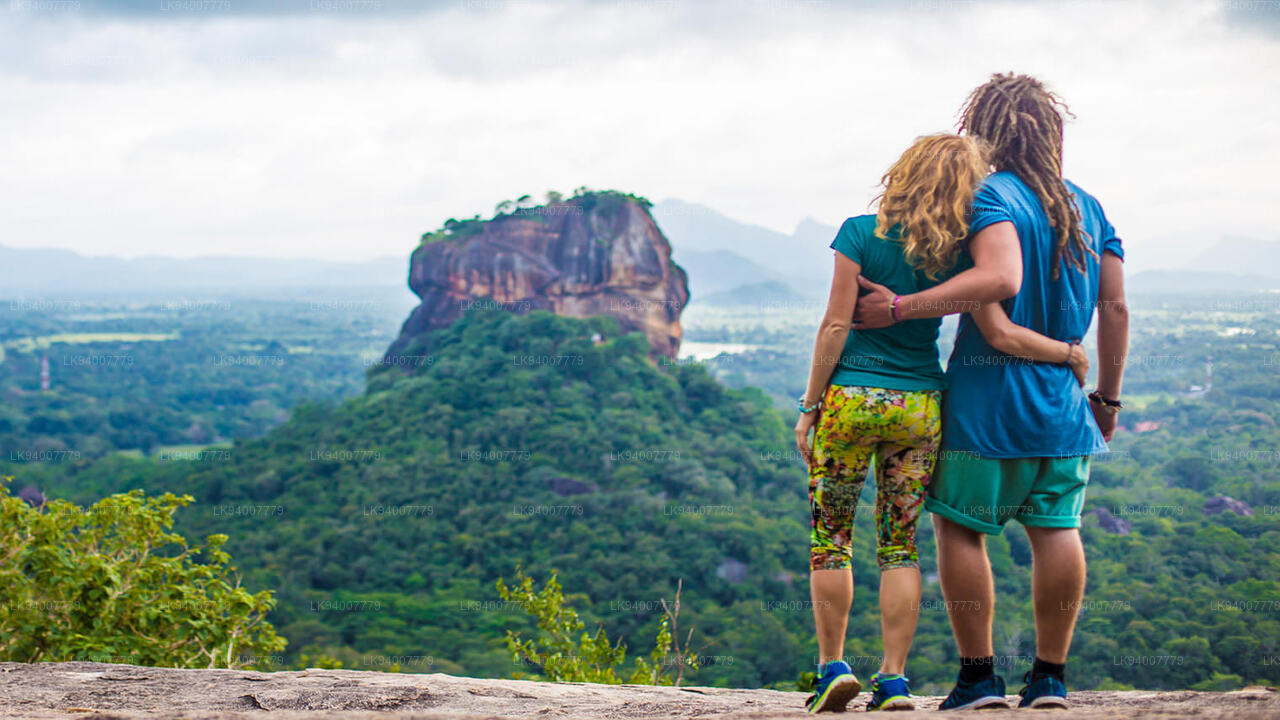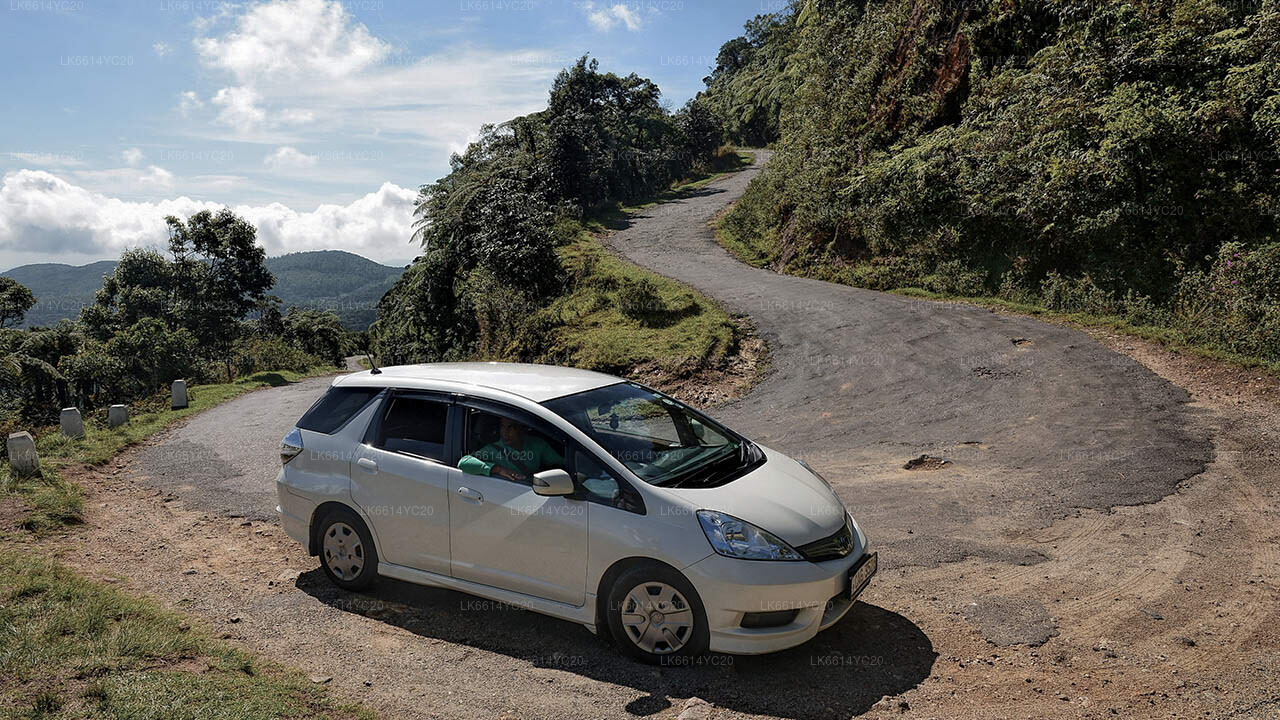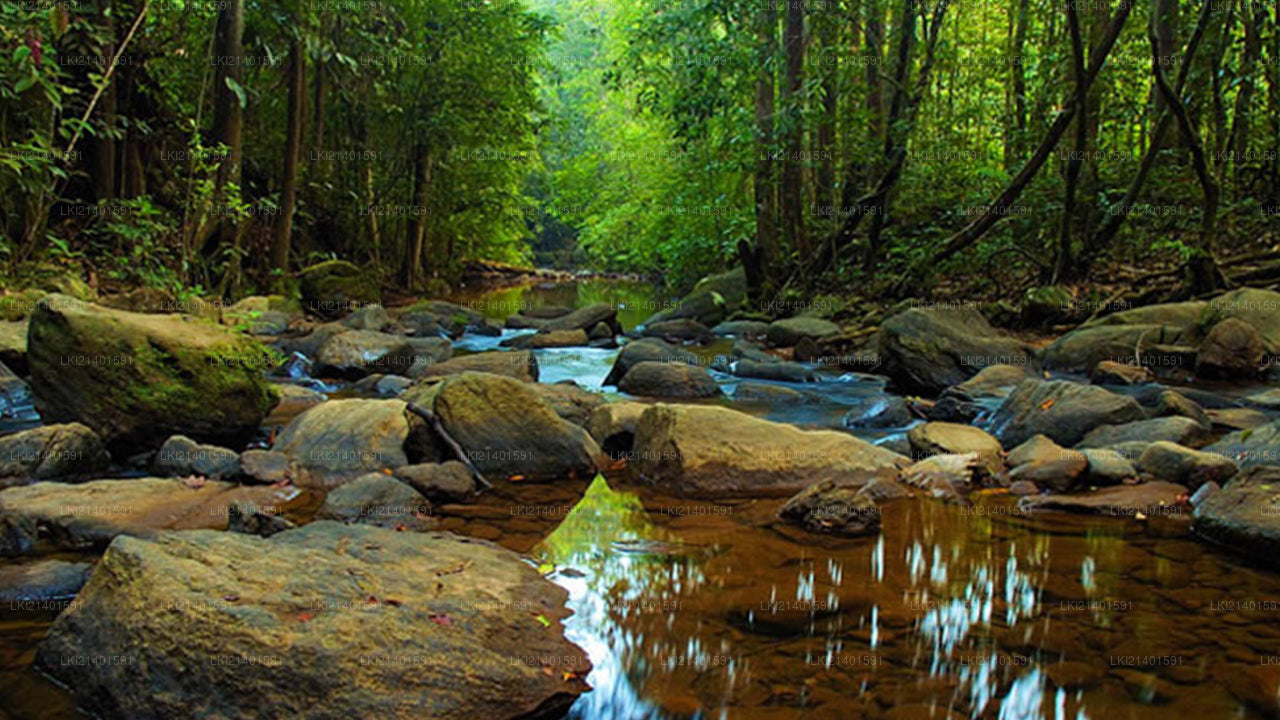
Sinharaja
Het Sinharaja-bosreservaat is een bosreservaat en een hotspot voor biodiversiteit in Sri Lanka. Het is van internationale betekenis en is door UNESCO aangewezen als biosfeerreservaat en werelderfgoed.
Sinharaja Rain Forest
Sinharaja Rain Forest (a UNESCO World Heritage Site), the last viable remnant of Sri Lanka’s tropical lowland rainforest spanning an area of 18900 acres is located within Sabaragamuwa and Southern provinces of the south-west lowland wet zone of Sri Lanka. Sinharaja is bounded by rivers on three sides. On the north, Sinharaja is bounded by the Napola Dola and Koskulana Ganga. On the south and south-west are the rivers Maha Dola and Gin Ganga. On the west are the river Kalukandawa Ela and river Kudawa Ganga. To the east of Sinharaja is an ancient footpath near Beverley Tea Estate and by the Denuwa Kanda.
Reaching Sinharaja Rain Forest
From Northern or western parts of the country you can reach Sinharaja Forest Reserve via Ratnapura, Kiriella, Kalawana, Weddala. From the South you can enter Sinharaja Rain Forest from Deniyaya. Coming form Hambantota, Udawalawe you can enter Sinharaja from Rakwana side.
Area of Sinharaja Rain Forest
The total area of the Sinharaja Forest Reserve is 18,900 acres or 7,648 hectares. It ranges in altitude from 300m to 1,170m.
Significance of Sinharaja Forest
SiThe Sinharaja Forest reserve is alsoome to over 50% of Sri Lanka’s endemic species of mammals and butterflies, as well as many kinds of insects, reptiles and rare amphibians.
Establishment of Sinharaja Forest Reserve
Most of the area of Sinharaha forest was originally declared a forest reserve under the Waste Lands Ordinance in 1875. In 1978, Sinharaja Rain Forest was included in the international network of biosphere reserves, established and maintained as part of UNESCO’s Man and the Biosphere (MAB) program. In October 1988, this reserve, together with a northeastern extension of it, was declared Sri Lanka’s first National Wilderness Heritage Area. In December 1988, the Sinharaja Biosphere Reserve became Sri Lanka’s first natural site to be added to the UNESCO World Heritage list.
Climate on Sinharaja Rain Forest
Meteorological records gathered from in and around Sinharaja over the last 60 years reveal the annual rainfall of Sinharaja Forest has ranged between 3614mm to 5006mm and temperatures from 19°C to 34°C. The highest rainfall is owing to two monsoons: south-west monsoons during May-July and the northeast monsoons during November-January.
Physical features
Sinharaja Rain Forest is a narrow strip of undulating terrain consists of a series of ridges and valleys drained by an intricate network of streams, which flow into the Gin Ganga on the southern boundary and Kalu Ganga, via the Napola Dola, Koskulana Ganga and Kudawa Ganga, on the northern boundary.
Nature trails of Sinharaja Rain Forest
The two main nature trails of Sinharaja Rain Forest are those lead to the peak of Moulawella and the peak of Sinhagala. Both of these nature trails begins at Kudawa Conservation Centre (KCC) are equally enjoyable and enlightening. The forest is densly crowded with tall trees growing in close proximity, but winding trails make the trekking. Small streams of crystal-clear cool water, that is home to a variety of fish, toads and crabs, crisscross the trails. And the mixed species of birds are seen in the canopy of the woods.
Sinhagala Nature Trail
Trail head: Entrance to the protected area,








